For its 24th edition, Triennale Milano's International Exhibition examines the theme of ‘Inequality’
The design institution shines a light on events such as the Grenfell disaster, climate crises and the Israel-Hamas war through architecture, art, products, technology and data
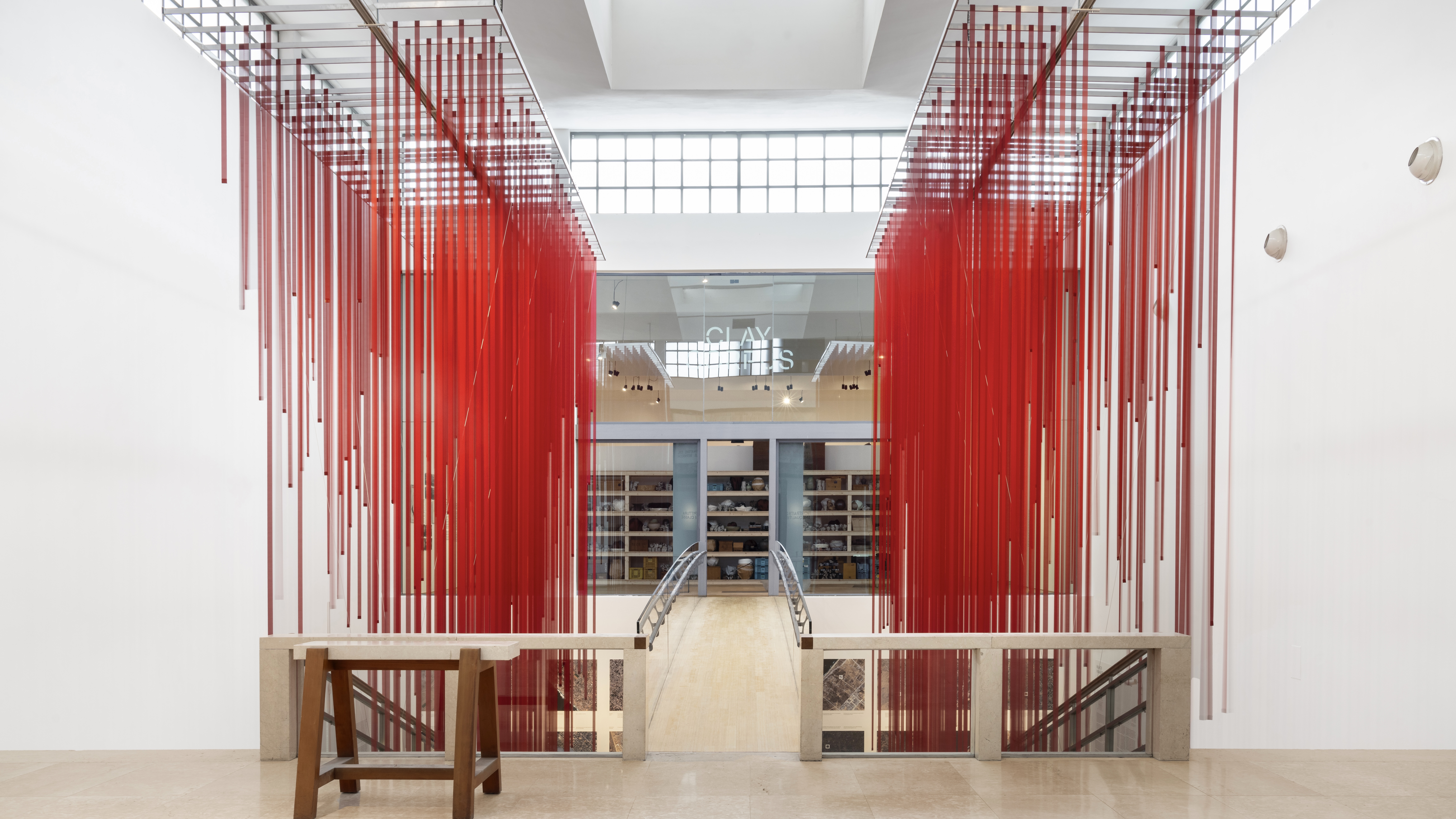
Every three years, design institution Triennale Milano offers up its 1930s Palazzo dell’Arte building to a single topic. The last two themes of Milan’s long-standing International Exhibition were Unknown Unknowns and Broken Nature, with this 24th edition contending with the global issue of Inequality through a breadth of design inquiry encompassing architecture, art, products, technology, and data.
The theme of Inequalities was introduced last year at a conference in which many of the participants presented their research, ideas, and political frustrations. Those themes are now fully developed into a vast interconnected presentation split across a series of exhibitions, the opening of which focuses on cities, with the presentation unafraid to set forth with not only creative but political intent: the opening room is dedicated to the Grenfell disaster including a moving and urgent film by Kimia Zabihyan and Grenfell Next of Kin and photographs by Khadija Saye, the emerging artist who died in the fire.
In galleries flooded with light, with works well-placed to allow space for deep meanings to breathe yet also speak across the room to other projects, the politics is ever present. A film by Andrés Jaque’s Office for Political Innovation states ‘EVERYTHING SHINES AT HUDSONS YARDS’ in a video essay that connects reflective neoliberal architecture of New York to climate and human crises in Xholobeny, South Africa, where titanium for self-cleaning materials is sourced. A project initially made for and presented at Lesley Lokko’s 2023 Venice Biennale of Architecture, it carries a wit, critique, and ethics present throughout the 'Inequalities' exhibitions.
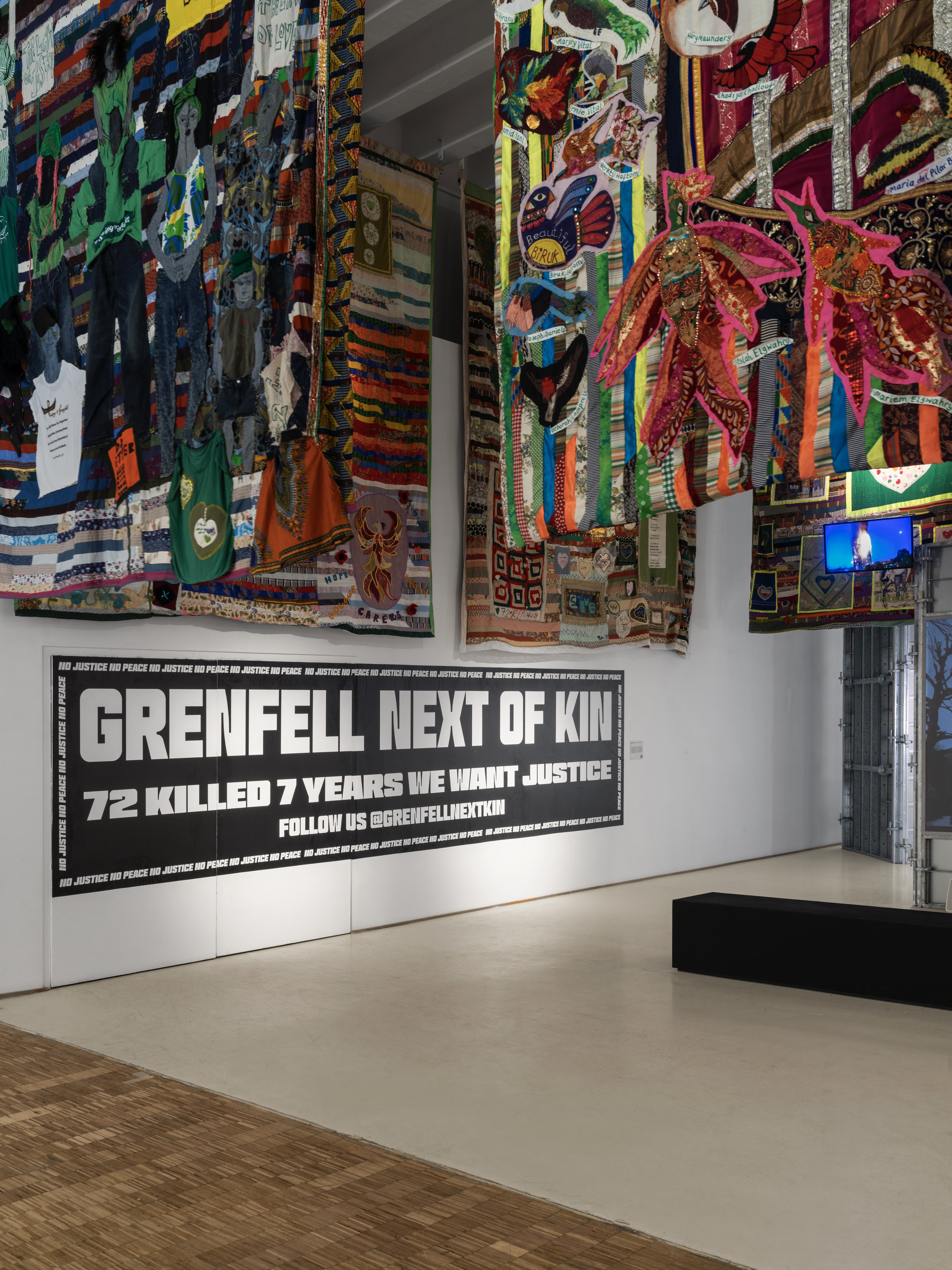
The opening room, which is dedicated to the Grenfell disaster
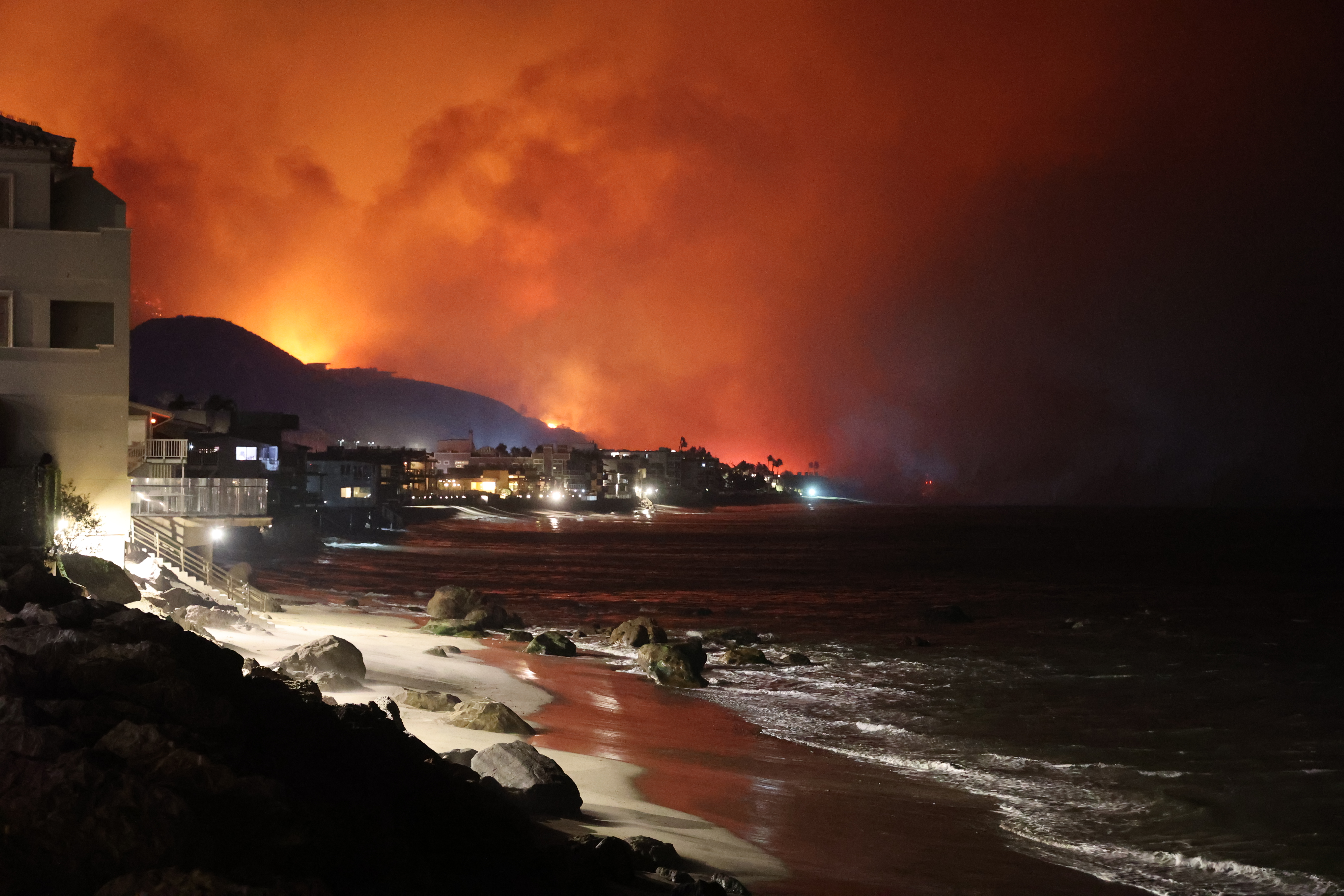
The Palisades fire, considered in Michael Maltzan Architecture’s video installation
One shouldn’t usually contrast and compare events like biennials and triennials, as each has its own modus operandi. However, with the Carlo Ratti-curated Venice Biennale of Architecture opening only a few days before Triennale’s offer, it is hard not to read between the two very different approaches. Ratti’s curation was cramped and in nervous darkness, here it is measured and in hopeful light, but more crucially there is more criticality, ethics, politics, awareness, and nuance in the first four rooms of the Triennale presentation than the whole of Ratti’s curation of the main Venice exhibition. In Venice, ideas for the future were mainly derived from universities, architects, and organisations of the wealthy Global North, in Milan, visitors are invited to learn from across the world, telling us that technology can only be one part of our path from collective crises.
The Cities exhibition is coherent and strong. It shows us a long table laid up for the fast-breaking Iftar meal in Gaza, surrounded by destroyed homes. Michael Maltzan Architecture’s video installation considers the LA fires and how they reveal deep-seated inequalities in the city, Studio Anna Heringer co-initiated Bangladeshi a women’s collective working against urban migration and keeping clothing industries in rural communities – their ornate textiles are palimpsests of maps, materials, and messages: ‘Your luxury, your lack of wisdom, your greed endangers our country.’
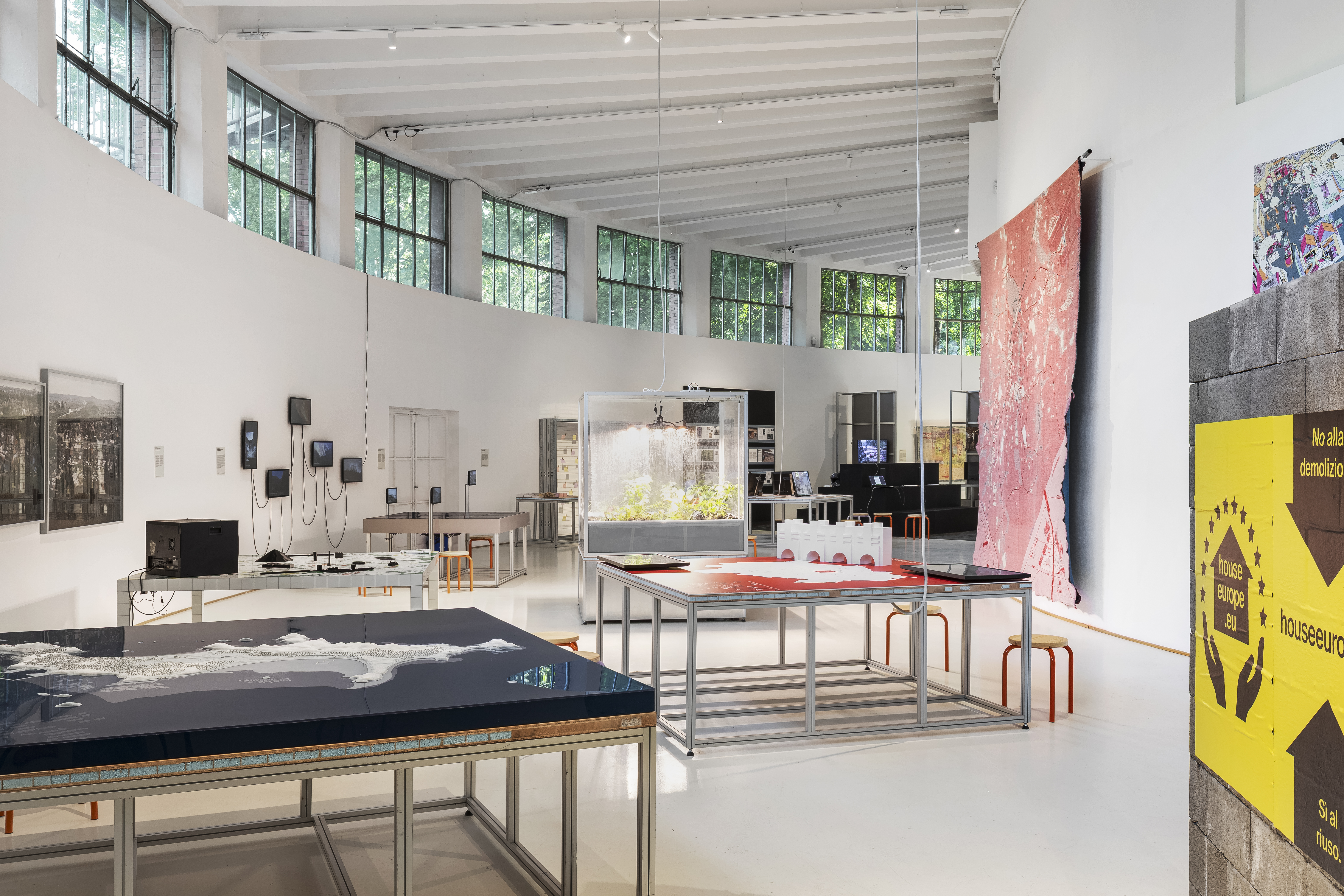
Installation view of the Triennale Milano International Exhibition 2025, Cities exhibition

'471 Days'; the length of each ribbon corresponds to the number of deaths each day since Hamas’ invasion of Israel on 7 October, 2023
Like all such vast, sprawling biennials/triennials there are international ‘pavilions’. Here, there are common approaches such as China’s promotion of their creative design Universities and Saudi Arabia’s place-promotion through ecology, but there are strong moments where international thought speak directly to the overarching curatorial theme, especially from nations who aren’t often seen (or can afford to be) at biennials like Venice. This is especially the case at the culmination of the Cities section where pavilions for Lebanon, Cuba, the Republic of Armenia, and Angola directly pick up the theme of the main exhibition, as well as the genuine concern for politics and the wider world. In particular, the Puerto Rico presentation is timely and poignant: a sculpture dedicated to the memory of Neulisa ‘Alexa’ Luciano, a homeless, Black, trans-woman who was hunted and murdered. An assemblage drawing inspiration from three places connected to her life and murder is formed as a distant memorial where none exists in the spaces of her life.
The Palazzo dell’Arte is a vast building, though over recent years and under the presidency of architect Stefano Boeri, the building has, piece by piece, become renovated, re-ordered, and returned to a clarity of place and architecture that helps visitor navigation and the work of curators. Upstairs, further exhibitions explore Inequality: the ongoing research project of Beatriz Colomina and Mark Wigley, in a show intelligently designed by GRACE architects, explores bacteria; Telmo PIevani explores Inequality through biodiversity; and a wonderful, colourful, humour-filled installation considers human longevity.
Receive our daily digest of inspiration, escapism and design stories from around the world direct to your inbox.
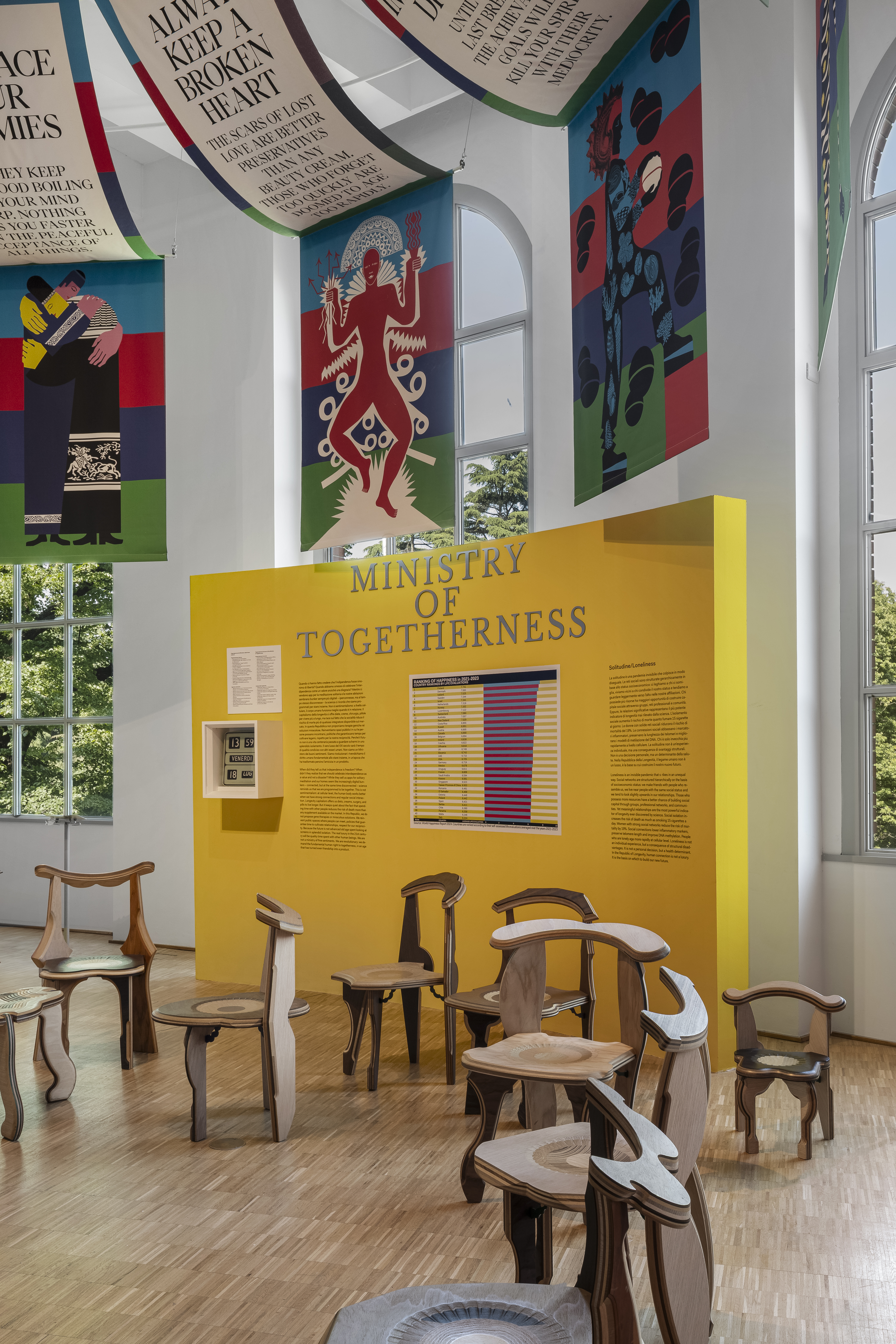
Installation view of the Triennale Milano International Exhibition 2025
The grand, diverging staircase that connects the levels has been offered up to a full-height installation of red ribbons hanging from the ceiling. Their length corresponds to the number of deaths each day since Hamas’ invasion of Israel on 7 October, 2023. On the steps, under each ribbon, a small plaque breaks the death count down between the 1,600 Israeli deaths and 46,900 Palestinian deaths. It’s a tragic reminder, but for Triennale to centre this so monumentally, and poetically, and through factual information not emotion, is welcome when one considers how other nations and institutions – including Venice Biennale – contend with active political issues.
The Bacteria presentation in particular realises that to go forwards, society needs to understand both the past and all people’s histories, not only the Global North. A rich archive explores the history of disease and germs inside the body, architecture, and city – through history before showing us possible futures across design, architecture, and technology. It is optimistic but not in a technophile techtopian future. Carlo Ratti hammers home his message in Venice, here there is space for nuance, conversation, awareness, and ethics: from the tiny (microbes to clean pollution from Milan Cathedral and funghi-enriched biofertilizer to fight soil nutrient deficiency) to the massive (a bacterial machine to break down sewer fatbergs to a plan to import organic soil from Perugia to Milan’s playgrounds today so kids can develop microbiomes capable of responding to future infections when adults, when Milan’s climate will as Puglia’s today).
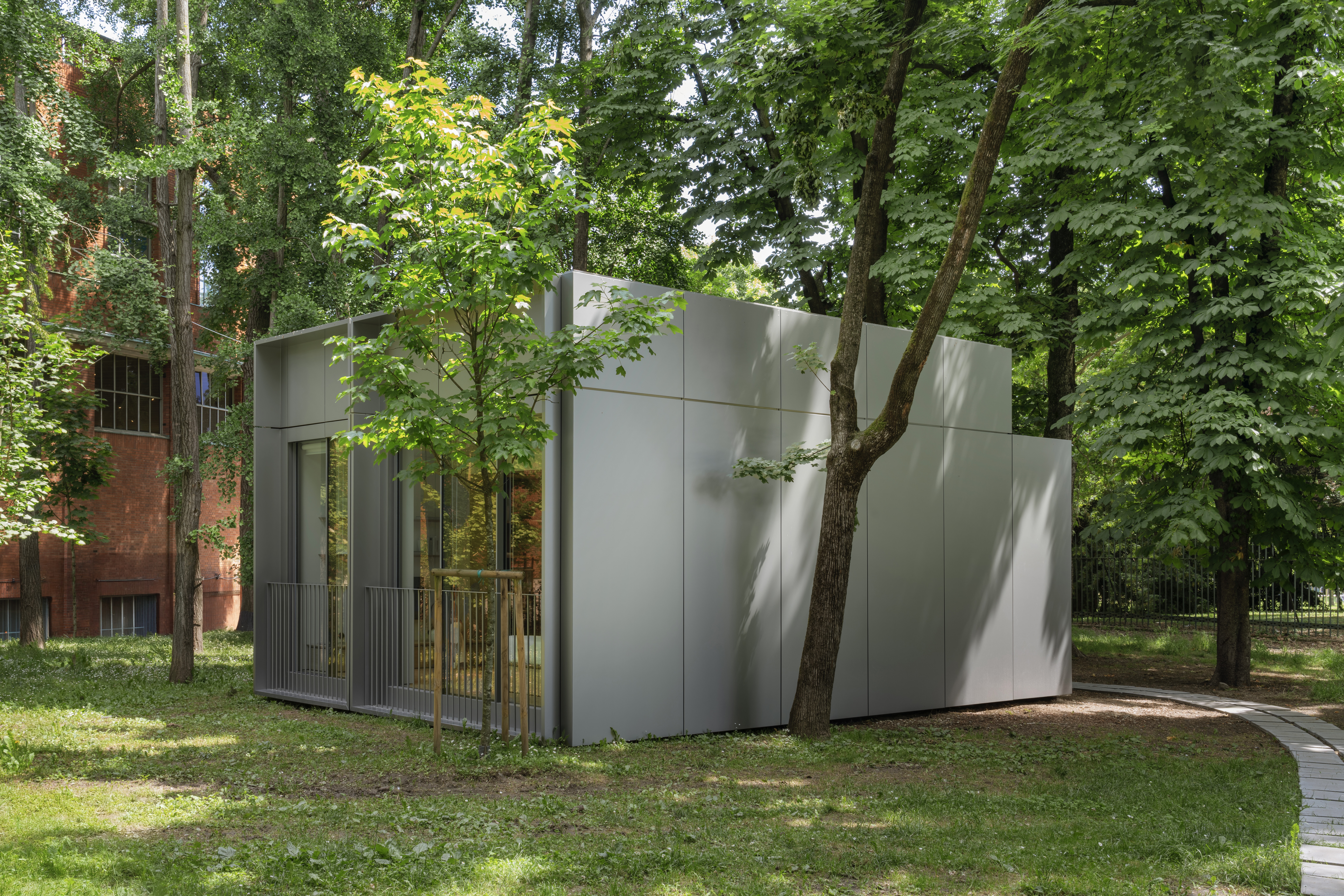
Towards a More Equal Future, the Norman Foster Foundation
There is more throughout the grand spaces of the Palazzo dell’Arte, too much to fit in this review and too much to fit in a day: more pavilions; a look at the future of inequality in Milan; some slightly-clunky data-heavy presentations; an over-sized presentation of the work of the Norman Foster Foundation that while often very good, comes across a little like a trade fair promotion in which Norman Foster can singularly solve all the world’s crises; and a wonderful set piece by Theaster Gates, wrapping the room that is a permanent display of Ettore Sottsass’s Casa Lana with the artist’s vast Koide Collection of Japanese ceramics, part of his ongoing process to save an artisanal legacy and reminder that even the value of archives are dependent upon inequalities of power, fashion, and geography.
Triennale Milano’s International Exhibition on Equalities contains a lot, but it rarely feels heavy, despite the depth and urgency of the issues under consideration. The curation, wit, and optimism throughout is never as didactic and singular as Carlo Ratti’s Venice Biennale offer, and because of that is a space for genuine interdisciplinary, international, inter-species consideration, all modes we will need to navigate the years ahead, and to make them more equitable.
Will Jennings is a writer, educator and artist based in London and is a regular contributor to Wallpaper*. Will is interested in how arts and architectures intersect and is editor of online arts and architecture writing platform recessed.space and director of the charity Hypha Studios, as well as a member of the Association of International Art Critics.
-
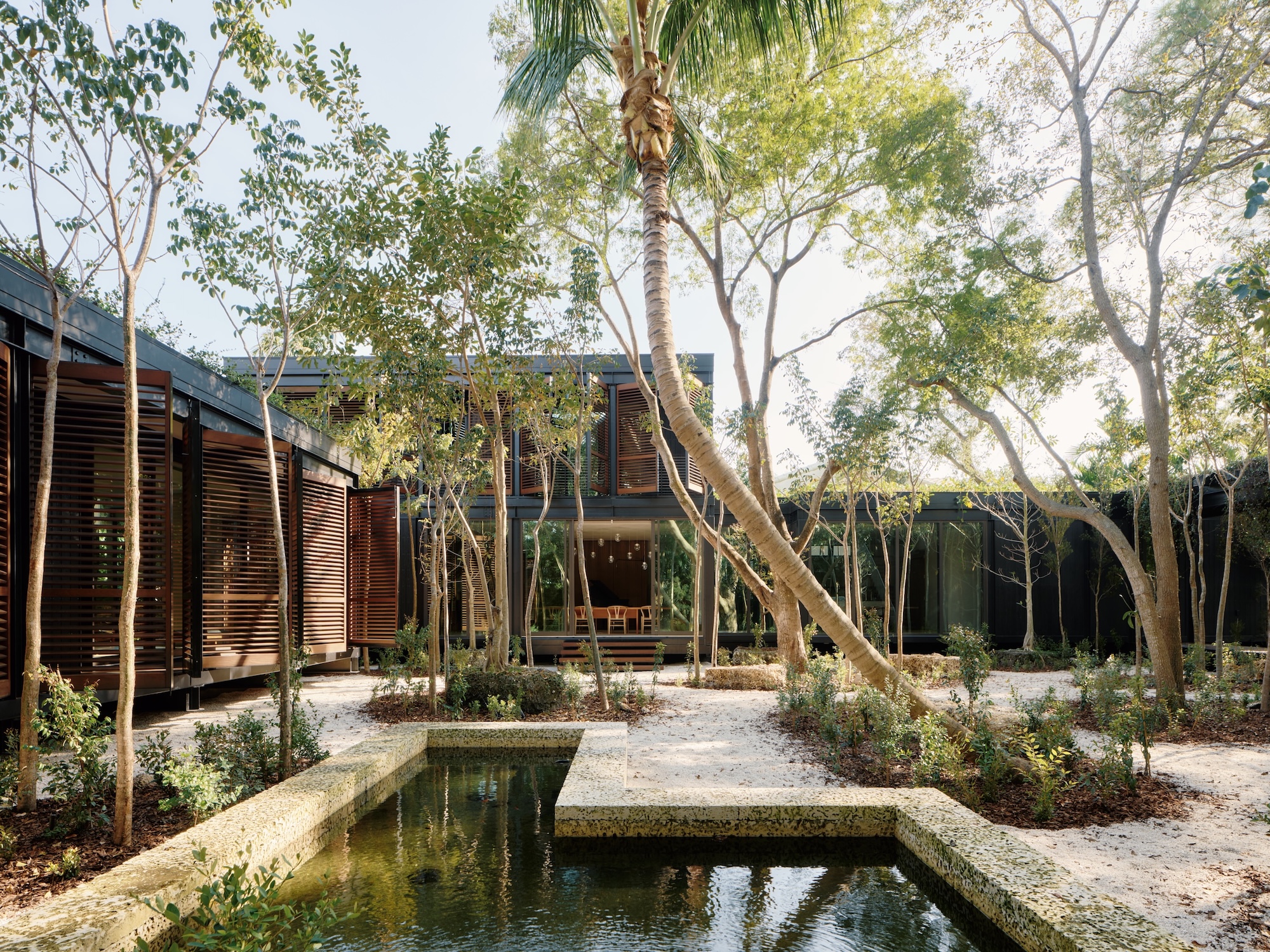 This ethereal Miami residence sprouted out of a wild, jungle-like garden
This ethereal Miami residence sprouted out of a wild, jungle-like gardenA Miami couple tapped local firm Brillhart Architecture to design them a house that merged Florida vernacular, Paul Rudolph and 'too many plants to count’
-
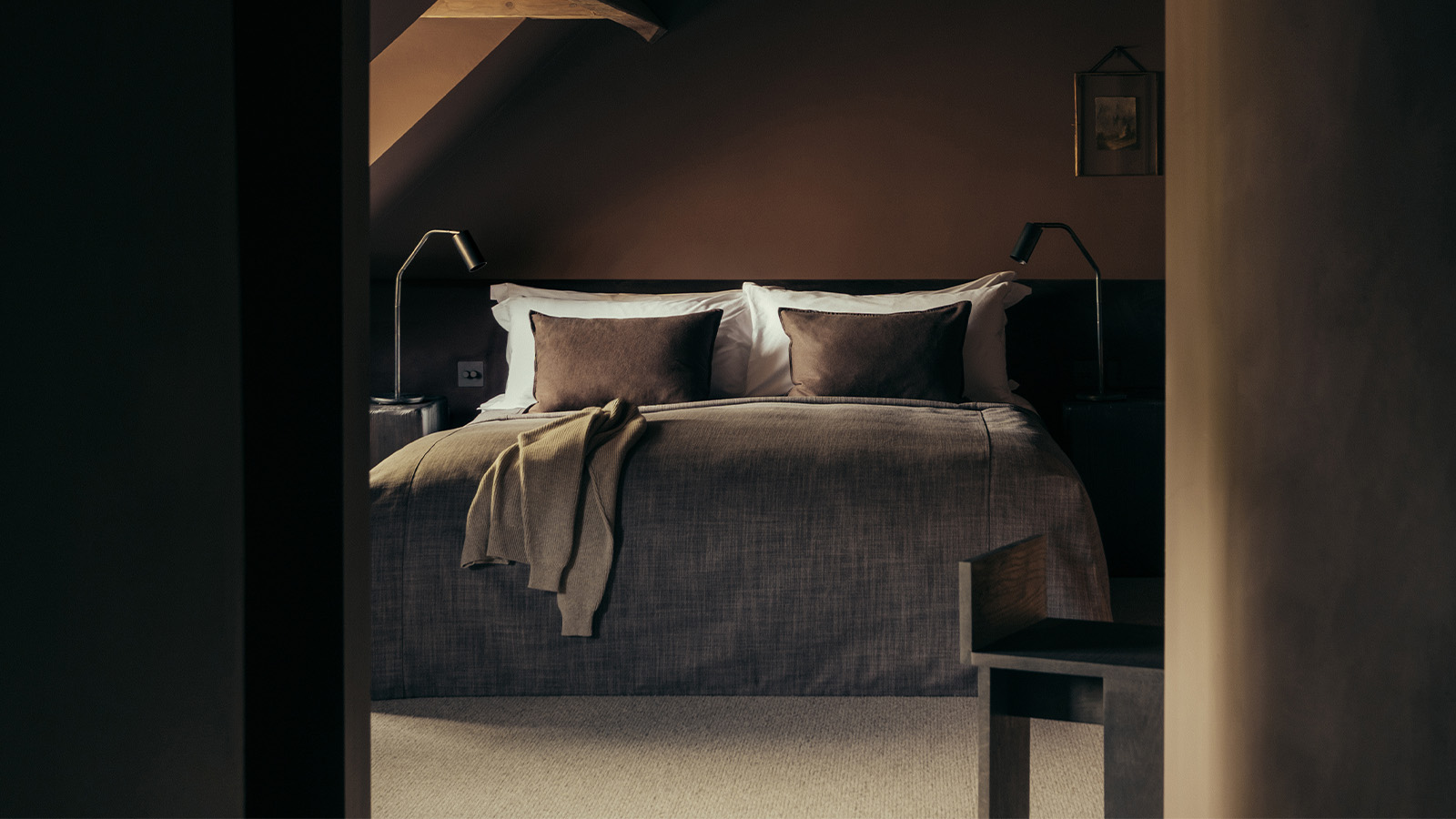 At this charming bolthole in The Cotswolds, doing nothing is an art form
At this charming bolthole in The Cotswolds, doing nothing is an art formLeave your mobile on ‘do not disturb’, switch off and slow down at this 16th-century manor-turned-hotel
-
 Out of office: The Wallpaper* editors’ picks of the week
Out of office: The Wallpaper* editors’ picks of the weekIt’s been a week of escapism: daydreams of Ghana sparked by lively local projects, glimpses of Tokyo on nostalgic film rolls, and a charming foray into the heart of Christmas as the festive season kicks off in earnest
-
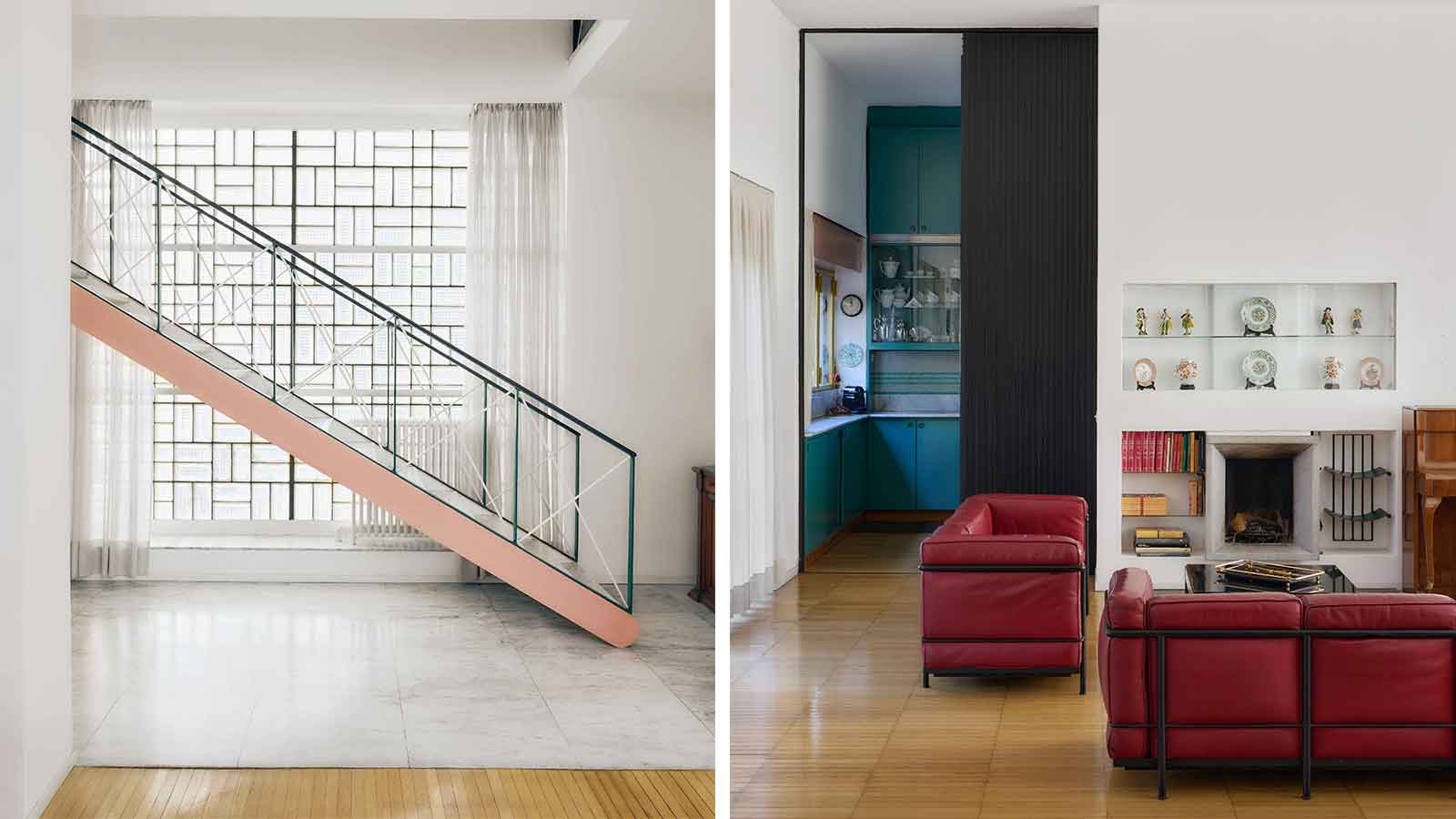 Alcova 2026 locations include a Rationalist gem and an abandoned church
Alcova 2026 locations include a Rationalist gem and an abandoned churchAlcova returns for an 11th edition in 2026 (20-26 April), once again opening up two exclusive Milanese locations, the Baggio Military Hospital and Franco Albini's Villa Pestarini
-
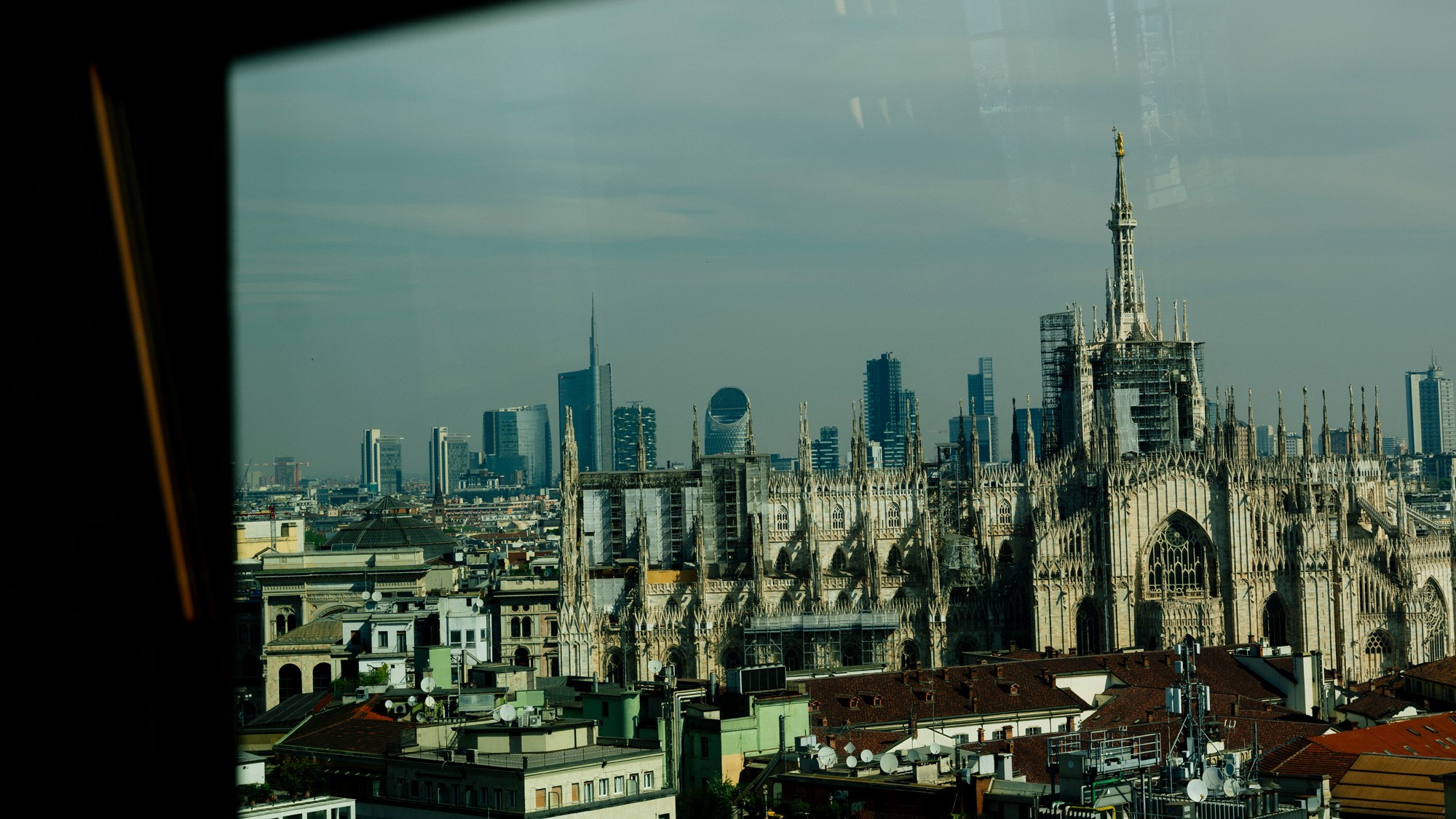 O Milano! Design's epic annual spectacle in photos
O Milano! Design's epic annual spectacle in photosCall us biased, but we believe that Milan Design Week is, at this moment in time, the greatest show on earth
-
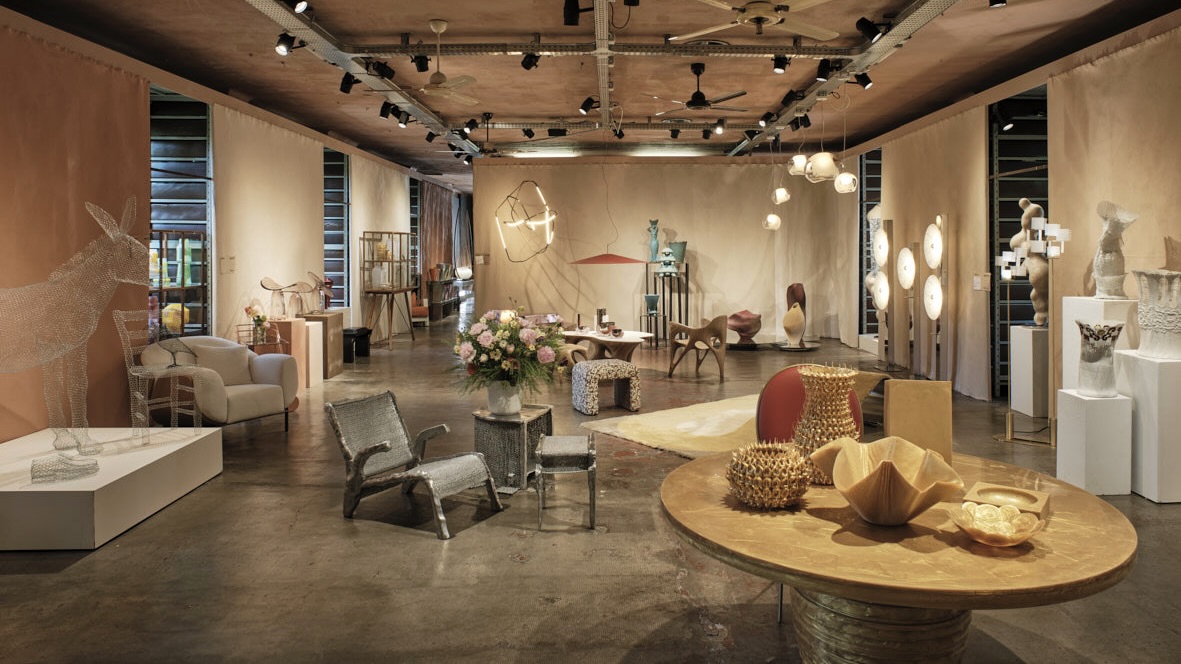 Eight designers to know from Rossana Orlandi Gallery’s Milan Design Week 2025 exhibition
Eight designers to know from Rossana Orlandi Gallery’s Milan Design Week 2025 exhibitionWallpaper’s highlights from the mega-exhibition at Rossana Orlandi Gallery include some of the most compelling names in design today
-
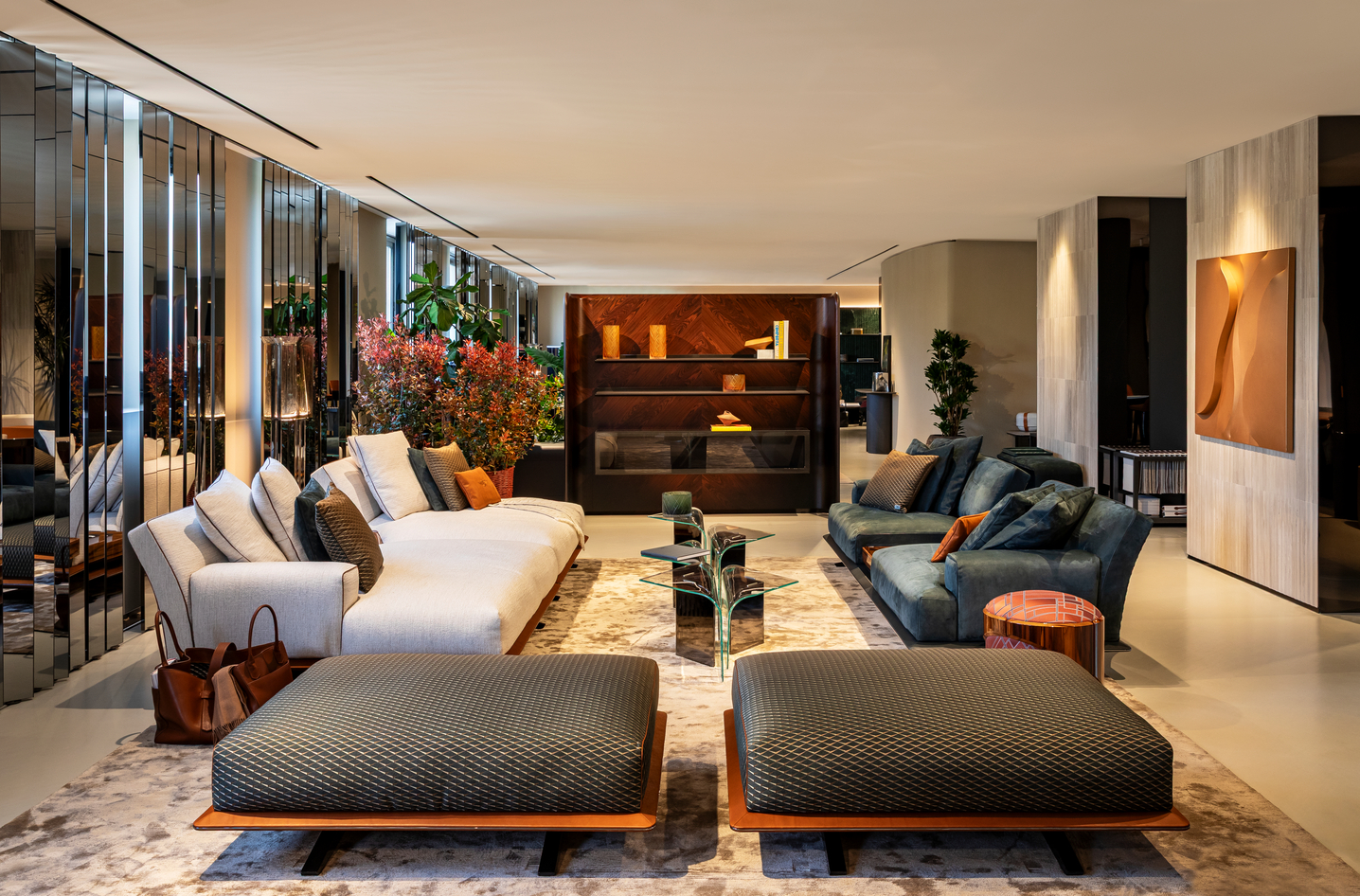 Bentley’s new home collections bring the ‘potency’ of its cars to Milan Design Week
Bentley’s new home collections bring the ‘potency’ of its cars to Milan Design WeekNew furniture, accessories and picnic pieces from Bentley Home take cues from the bold lines and smooth curves of Bentley Motors
-
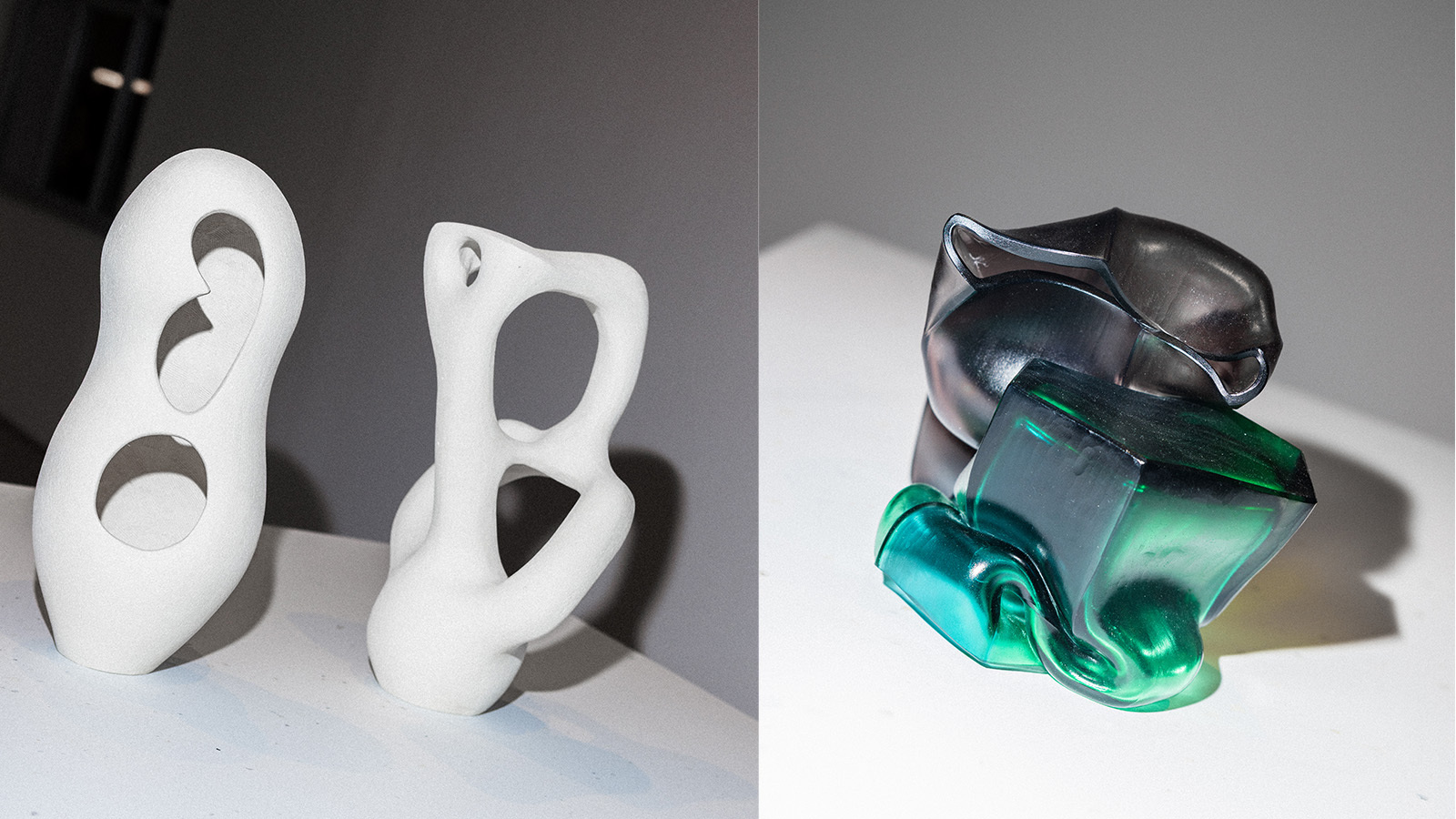 StoneX partners with Wallpaper* for material alchemy at Milan Design Week and beyond
StoneX partners with Wallpaper* for material alchemy at Milan Design Week and beyondThe natural stone purveyor teams up with Wallpaper* for a three-year partnership of material adventures, starting with an exhibition at Triennale di Milano
-
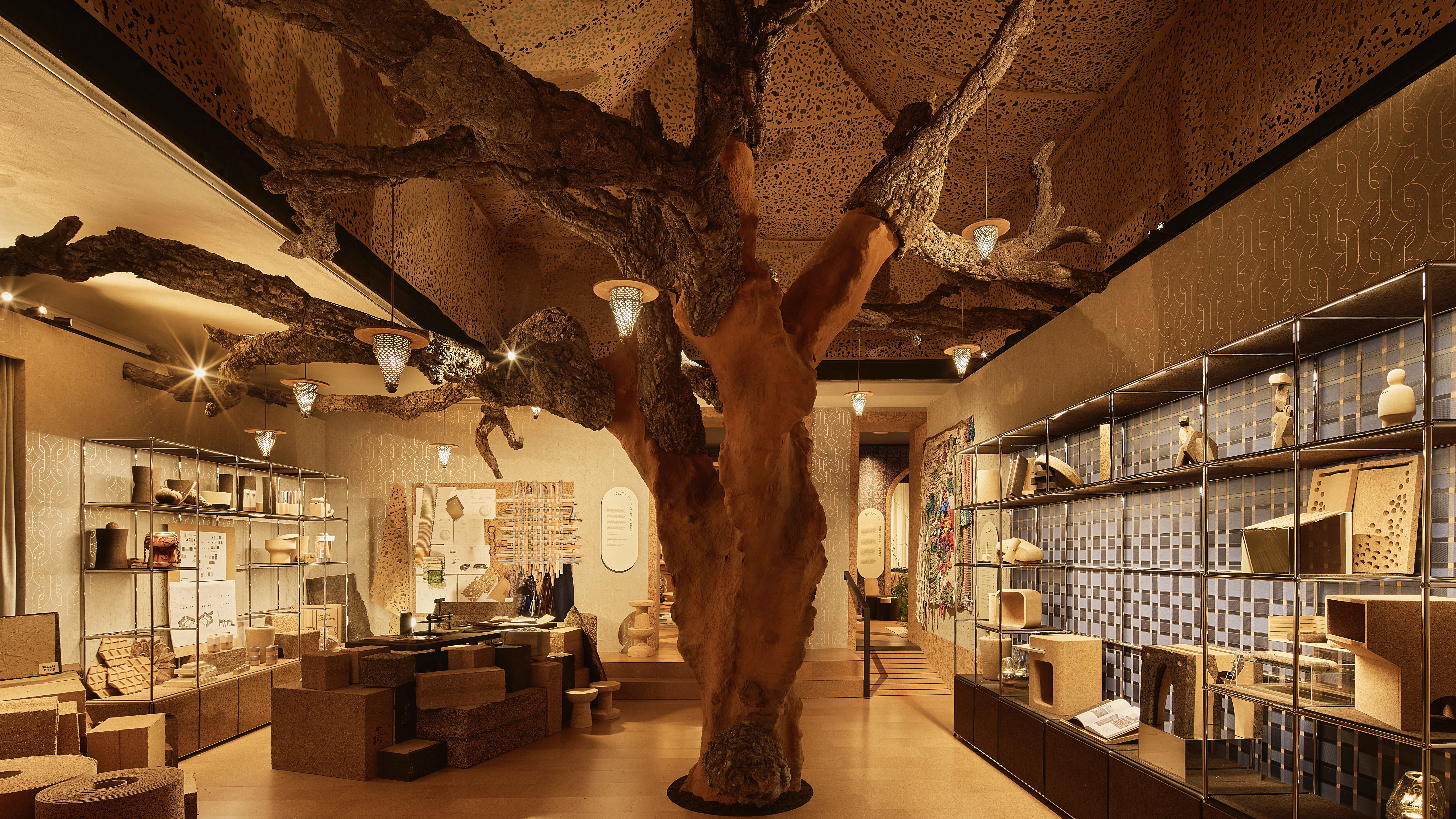 David Rockwell’s Milan Design Week presentation is a love letter to cork
David Rockwell’s Milan Design Week presentation is a love letter to corkRockwell Group’s Casa Cork installation showcases this under-appreciated material, which is infinitely recyclable and sequesters carbon for decades
-
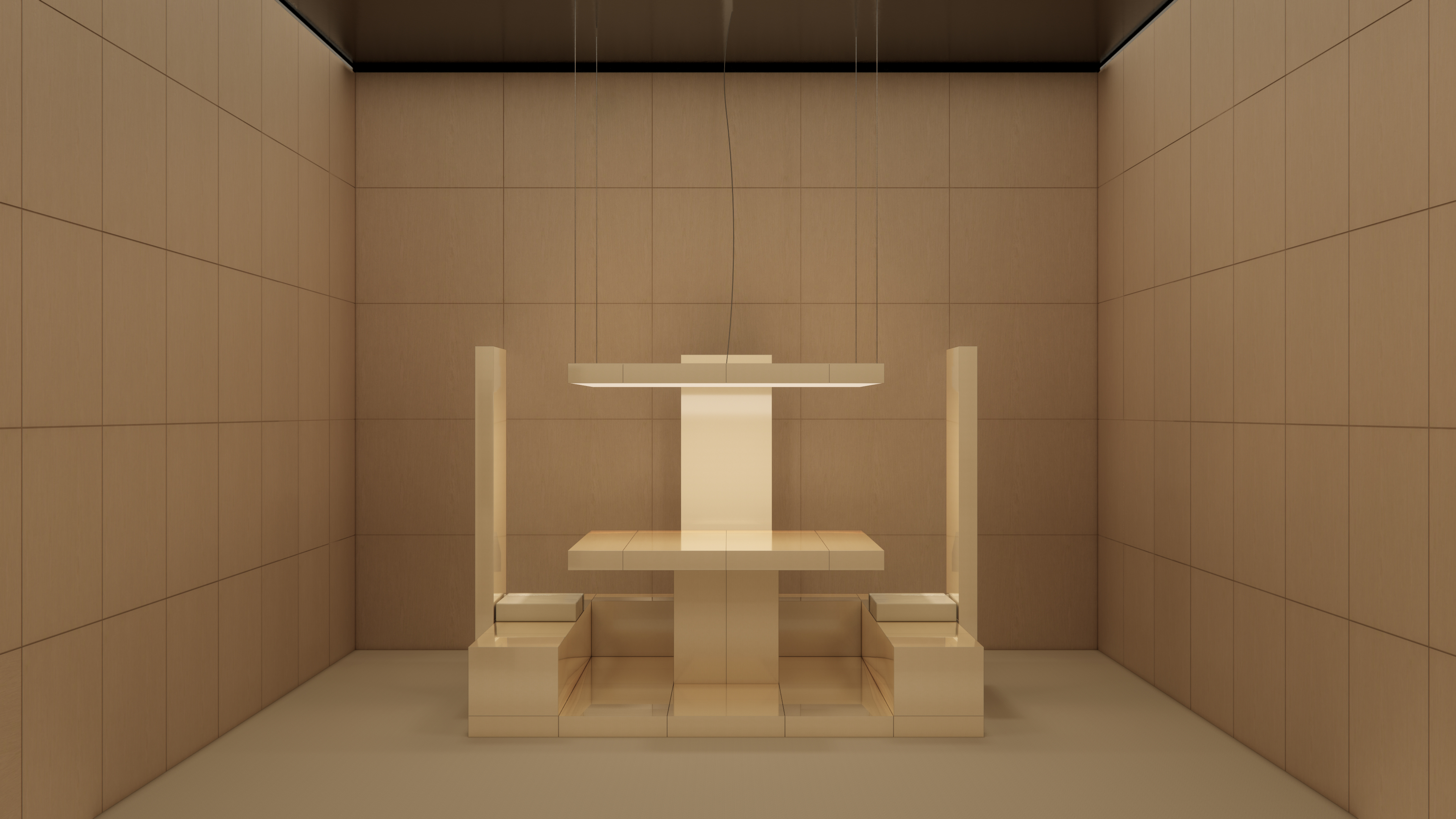 Emerging galleries to discover during Milan Design Week
Emerging galleries to discover during Milan Design WeekWallpaper’s Milan editor has the inside track on the younger design galleries coming to town
-
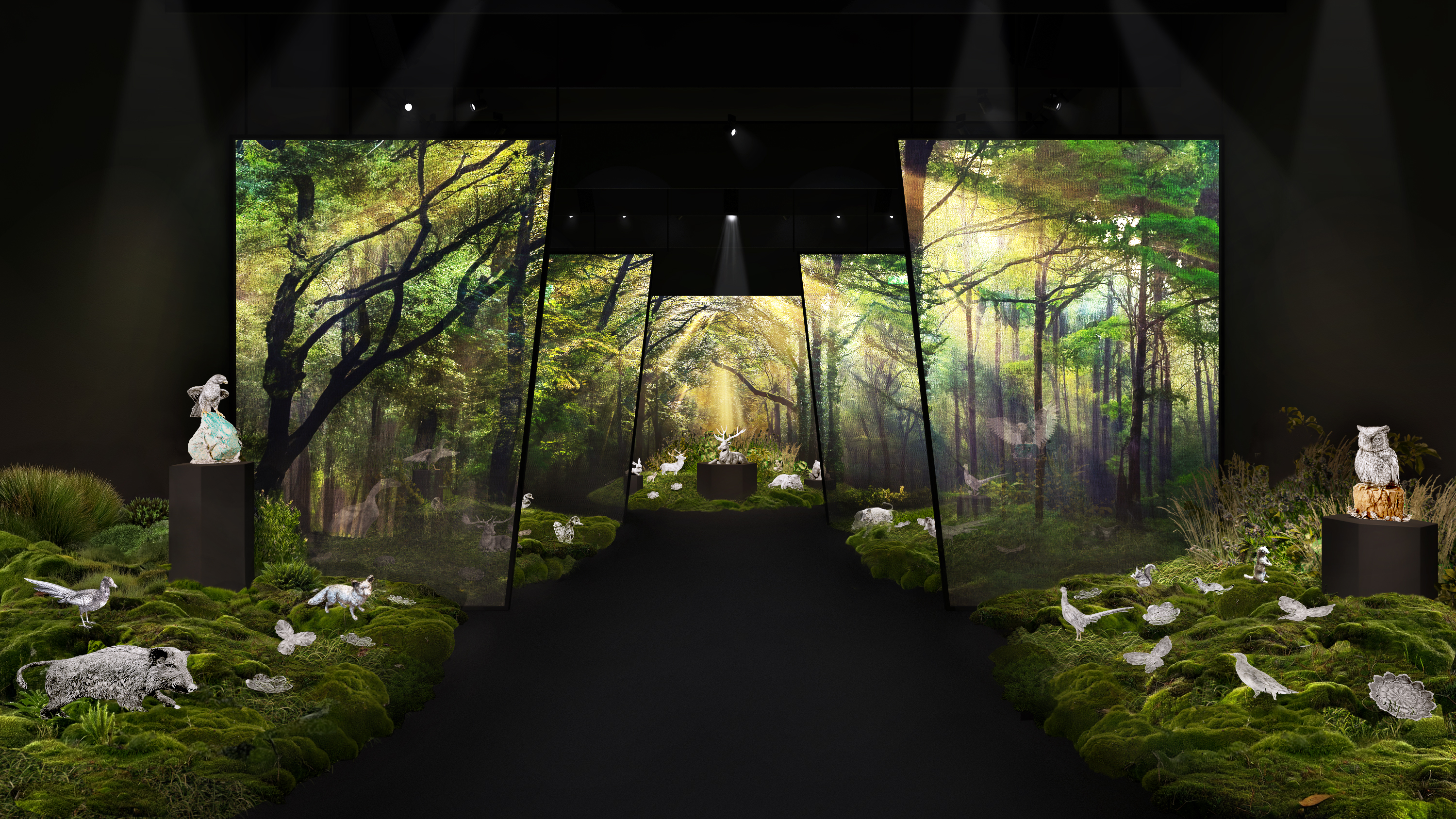 Buccellati brings the forest and Furry Animals to Milan Design Week
Buccellati brings the forest and Furry Animals to Milan Design WeekThe jewellery and silverware maison falls back on tradition for its Milan showcase, presenting its now-emblematic collection of intricately crafted creatures